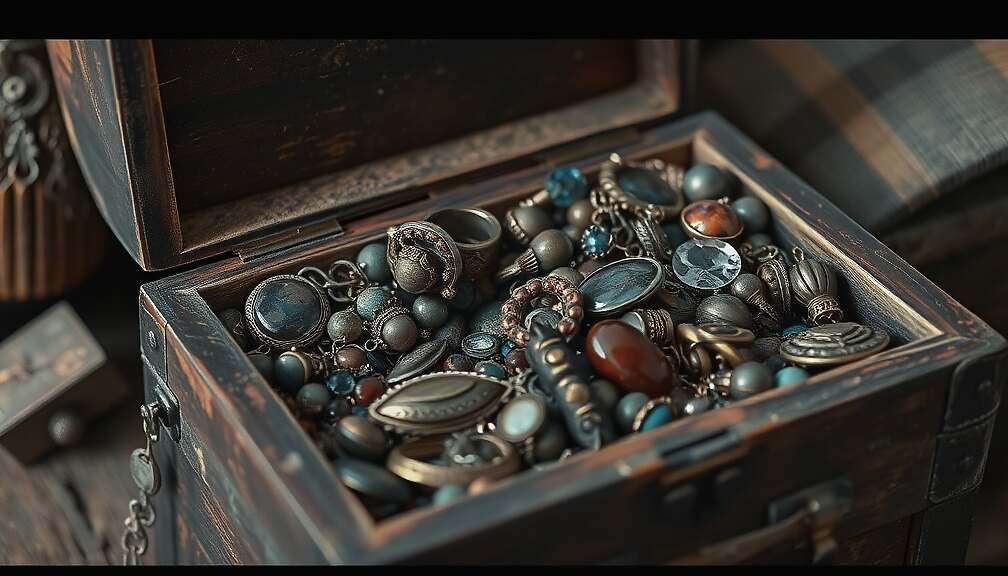The long-rumored Habsburg treasure, vanished for a century following the collapse of the Austro-Hungarian Empire, has resurfaced in a Canadian bank vault, according to a report in “Der Spiegel”. The collection, including the legendary “Florentiner” diamond, represents a significant, if belated, link to a bygone era of imperial power and raises complex questions about restitution, historical ownership and political symbolism.
The jewels, initially smuggled out of the Hofburg Palace in Vienna by Emperor Karl I in November 1918, encompassed a vast array of precious items – including Empress Elisabeth (“Sisi”)’s diamond crown, a sapphire clock gifted to Marie-Antoinette by her mother, Maria Theresa and countless other artifacts of immense historical and artistic value. Their disappearance in 1921 sparked decades of speculation and conspiracy theories, ranging from outright theft to desperate attempts by the Habsburg family to liquidate assets during a period of profound upheaval. Rumors even circulated about the “Florentiner” being broken apart and dispersed.
The rediscovery, revealed by Karl Habsburg, the current head of the family and grandson of the last Austrian Emperor, signifies a turning point. According to Habsburg, the jewels were transported to Canada by his aunt, Kaiserin Zita, after she fled Europe in 1940, finding refuge in the French-speaking province of Quebec. The decision to hold the initial exhibition in Canada, rather than Austria, is being interpreted as a deliberate gesture of gratitude to the nation that provided sanctuary to Zita during a critical juncture in her life – a move that may also subtly acknowledge the complex and often strained relationship between the Habsburg dynasty and a modern, republican Austria.
The reappearance of the treasure, substantiated by newly released photographs representing the first documented images in over a century, has been authenticated by Viennese jeweler Christoph Köchert. However, the discovery is far from complete. Habsburg himself admitted he was unaware of the jewels’ location until recently, learning of their existence through cousins. Crucially, while Sisi’s crown and the “Florentiner” have been recovered, substantial portions of the original treasure, those items that remained within the Viennese Hofburg prior to the jewels’ initial transfer to Switzerland, remain unaccounted for.
This partial recovery further complicates the narrative and raises questions about potential restitution claims, particularly from Austria. The fate of the missing artifacts and the transparency surrounding their investigation, will likely become a focal point of political debate and may well define the Habsburg family’s relationship with Austria in years to come. The unveiling promises not just a display of glittering jewels, but a confrontation with a contested history and the ongoing legacy of a fallen empire.












